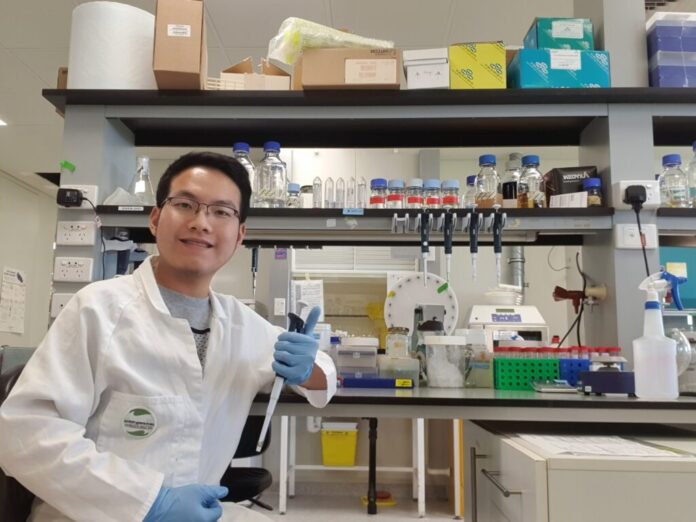“In today’s world, it is imperative to find ways in solving the world’s problems. Scientific researches are needed to alleviate problems that restrain in achieving the quality of life. Famine is one of the problems concerned by the United Nations to be solved in order to achieve a better and more sustainable future for all, through the Zero Hunger goal. In this article, Gilang (a PhD student in Biochemistry and Molecular Biology of University of Western Australia) shares his story in developing hybrid crops to develop fertile hybrid wheat with desired agronomic to increase global wheat yield by 20% as an attempt to end hunger globally.“
***
- Hi Gilang! Kindly introduce yourself!
Hello everyone! My name is Gilang Bintang Fajar Suhono. I was born in Madiun, East Java, Indonesia. I obtained my Bachelor of Science in Biotechnology in 2017 from University of Surabaya (UBAYA). As I am passionate to learn more about plants, I pursued my Master study (Master of Agriculture Science – Specialisation Genetics and Breeding) at the University of Western Australia with the scholarship from Indonesia Endowment Fund for Education (LPDP) in 2019. At the end of 2020, I graduated with distinction and three months after graduation, I accepted a PhD position in Biochemistry and Molecular Biology funded by the Australian Research Council (ARC) Linkage Grant in the ARC Centre of Excellence, in Plant Energy Biology at the School of Molecular Sciences, the University of Western Australia under the supervision of Professor Ian Small and Dr. Joanna Melonek.
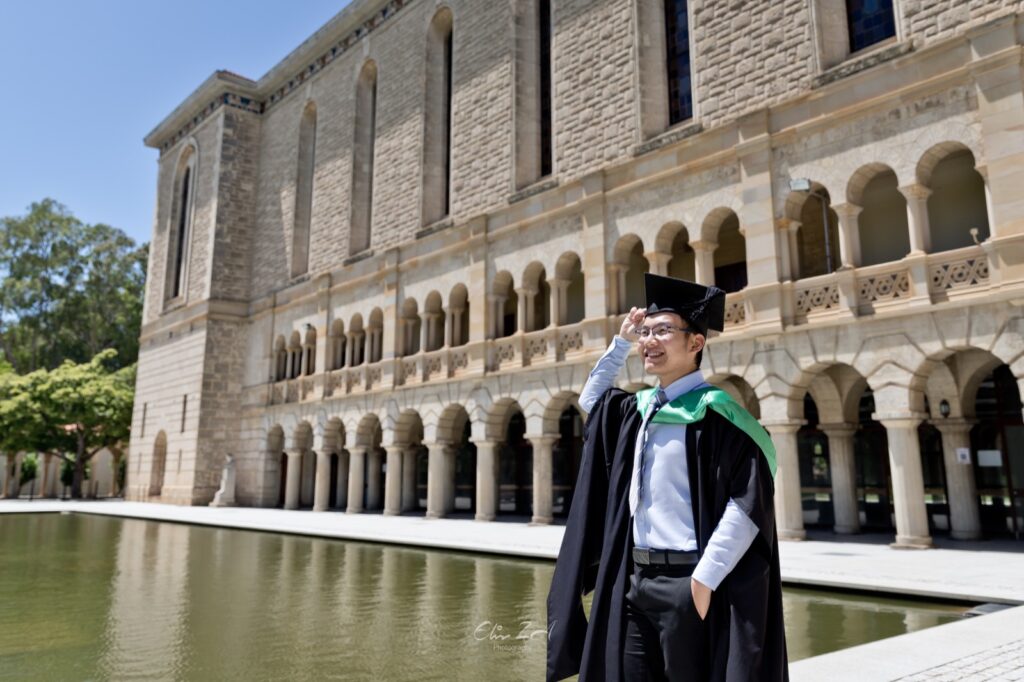
- Could you elaborate your research in-depth? (what is your research about [both Master’s and PhD], the importance of your research, etc).
In my Master study, I studied plants’ responses to soil salinity stress. Soil salinity is a serious threat in the agriculture industry, as almost one billion hectares of agricultural land worldwide are affected by soil salinity. Also, most crops do not flourish well in the saline-affected soils. In fact, soil salinisation is an inevitable natural phenomenon. However, poor irrigation and fertiliser application caused by human activities have exacerbated the normal level of the soil salinisation. My research focuses on the shoot and the root growth of castor beans (Ricinus communis L.) in response to the soil salinity. For your information, castor bean is an in demand oilseed crop containing 40-60% of highly valued oil in its seed, mostly used for engine lubricants, biofuels and manufacturing industries. Some studies classified castor beans as moderately saline sensitive crops. In my research, I analysed the salinity tolerance level of a hybrid variety of castor beans morphologically (the living organisms’ structures) and physiologically (the living organisms’ functions) to improve castor beans’ salt tolerance. If you are interested in my research, you can find more here.
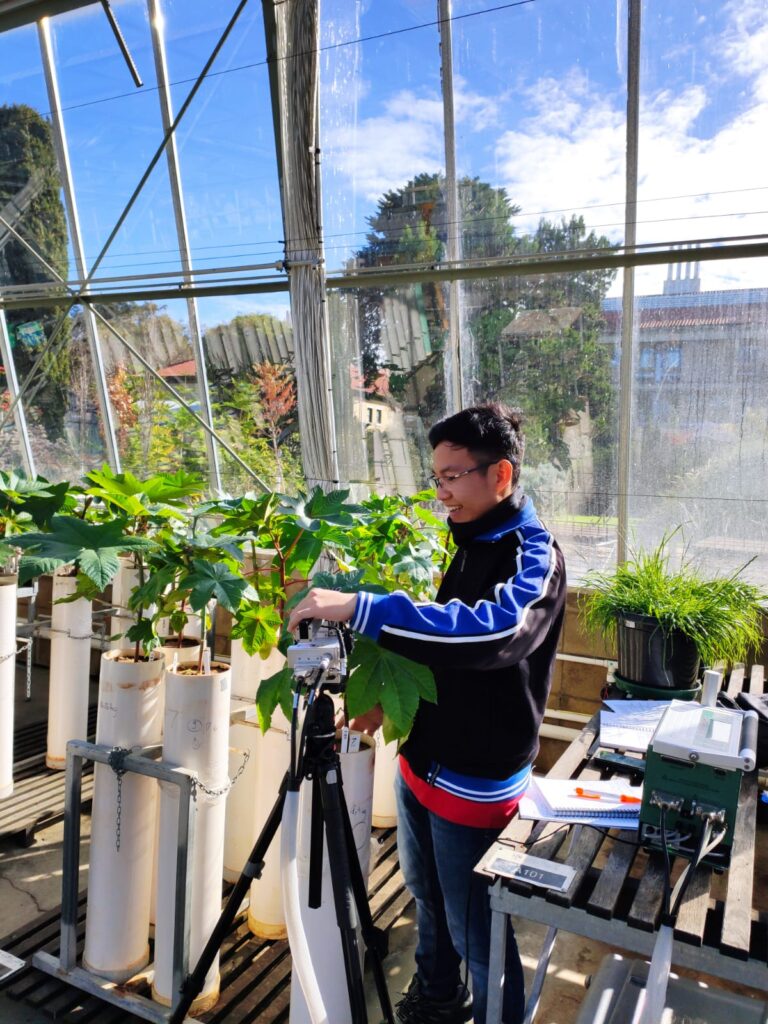
My PhD study is different from my Master research project. The focus of my PhD research is to develop strong restorer-of-fertility genes for hybrid wheat breeding. In order to achieve Zero Hunger, one of the 17 Sustainable Development Goals (SDG) proposed by the United Nations, we need to develop hybrid crops with excellent agronomic traits. Hybrid is a cross between two carefully selected parent lines that results in offspring which outperform the parents.
However, developing hybrid wheat on a commercial scale is a huge challenge since wheat is a self-pollinating species with enclosed flowers structure where the male and female flowers are kept inside. So far, plant breeders employ some techniques to establish hybrid wheat varieties such as spike emasculation and chemical hybridisation agent application. However, they are not efficient on a large scale. Scientists have developed a technology called cytoplasmic male sterility (CMS) to induce male-sterility in one plant using the CMS gene and thus one cannot do self-pollination. Subsequently, we can then cross that plant with another plant to create hybrids. Nevertheless, this F1 hybrid (first generation of the crossing) is sterile due to the CMS gene.
In CMS technology, we involve another gene called restorer-of-fertility (Rf) genes that comes from other wheat varieties. By crossing the restorer line which carries Rf gene with the CMS (male-sterile) line which carries CMS gene, we can develop fertile hybrid wheat with desired agronomic traits! Hybrid wheat is estimated to increase global wheat yield by 20%.
- What is your motivation to apply for a PhD position right after your Master’s graduation?
I am passionate about learning and teaching. I think my calling is in the education field. In the future, I want to be a lecturer in the university. For me, it is a great pleasure and satisfaction when I can transform my students from knowing nothing into knowing something and when they are able to solve the questions or problems. What I love about teaching is that I can also learn something new along the way. It trains my creative thinking skills, especially in how to deliver the learning material in a unique and memorable way so that it will last long. Therefore, I am looking for any opportunities to pursue education as high as possible until doctoral degree to become an expert or specialist in a specific field. In PhD, I also enhance my research skill and expand my networking that will be useful for my future academic career. I am aware that in the end, we need to collaborate with diverse people in the global scope.
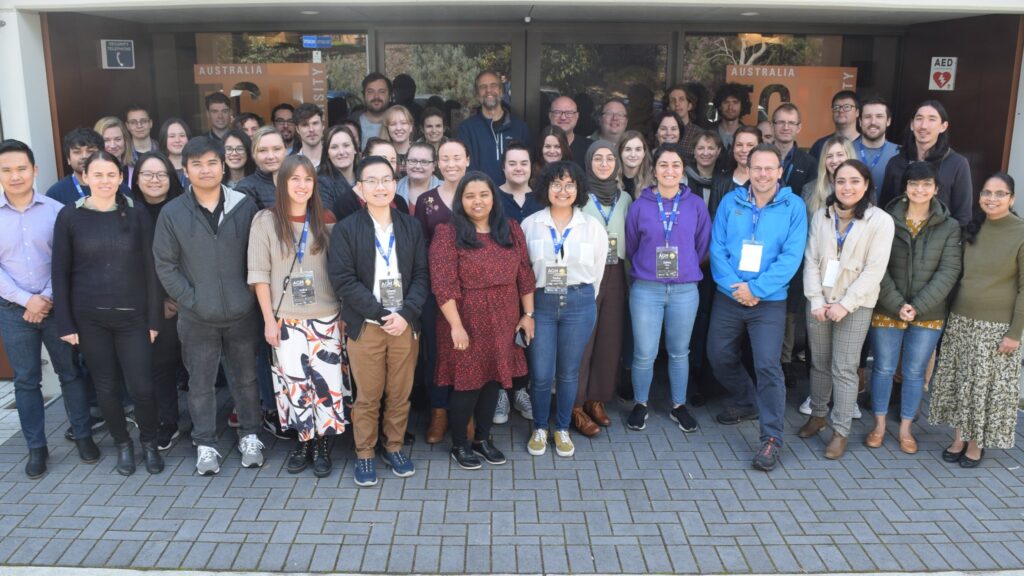
- Could you explain what your day-to-day activities look like?
As a PhD student, I am expected to work (read: study, research and write) from Monday till Friday (9 am to 5 pm). I usually catch a bus to go to university and it takes around 45 minutes. Once I arrive in my office, I will check my emails and daily planning/’to-do’ list then spend most of my working hours in the laboratory doing some experiments. In the middle of the laboratory work break (long waiting period), I usually go back to my office to either read more literature or write up. Sometimes I still have to work after 5 pm just to finish my experiment. I am glad that I still have Saturday for weekend fun and Sunday for going to church. A good life balance is very important in PhD life for the sake of our wellbeing and mental health.

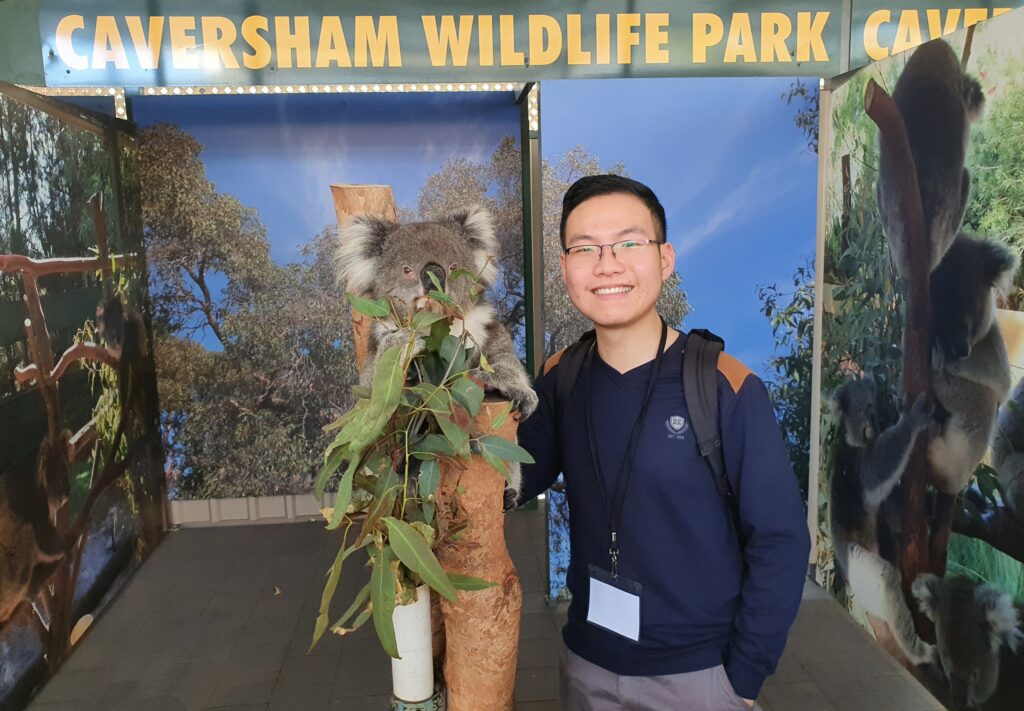
Thank you so much for sharing, Gilang! It seems that you have a great time as a PhD Student. To conclude this article, could you tell us what to expect as a PhD student in science?
As a PhD student in science we are not expected to know everything but to keep learning. As in science nothing is 100% perfect, we also need to be dynamic and adapted to the updates, changes and revolutionary outcomes. Failure is a friend that every scientist needs to embrace every time they meet, especially in the first attempt or trials of experiments (laboratory works). I always remember what my undergraduate supervisor, Mr. Ida Bagus Made Artadana, said that in research we always find something. Although our hypothesis might not be proven and our experiment results are out of our expectation, they are still the kind of findings that can be discussed further. If you ask me, what is a PhD like? As my colleague once told me, it is like a marathon, not a sprint. PhD is a long journey and adventure of research full of uncertainties, mysteries and surprises. Do not forget to catch a breath to keep going until you reach the finish line. Good luck and bon voyage!
***
About Gilang
Gilang Bintang Fajar Suhono was born in Madiun, East Java, Indonesia. He obtained a Bachelor of Science in Biotechnology in 2017 from University of Surabaya (UBAYA). Shortly after that, he pursued his Master study (Master of Agriculture Science – Specialisation Genetics and Breeding) at the University of Western Australia with the scholarship from Indonesia Endowment Fund for Education (LPDP) in 2019. In February 2021, he accepted a PhD position in Biochemistry and Molecular Biology funded by the Australian Research Council (ARC) Linkage Grant in the ARC Centre of Excellence, in Plant Energy Biology at the School of Molecular Sciences, the University of Western Australia under the supervision of Professor Ian Small and Dr. Joanna Melonek.








